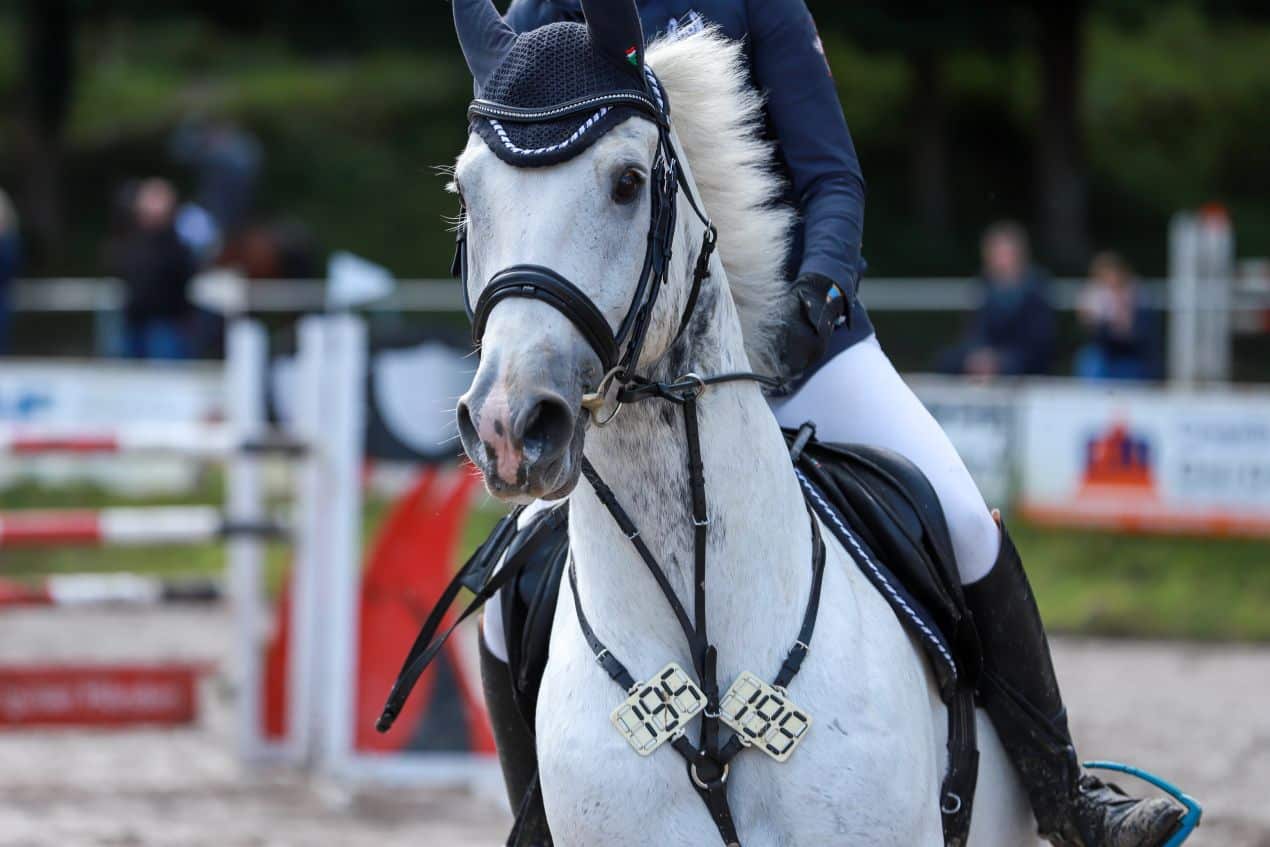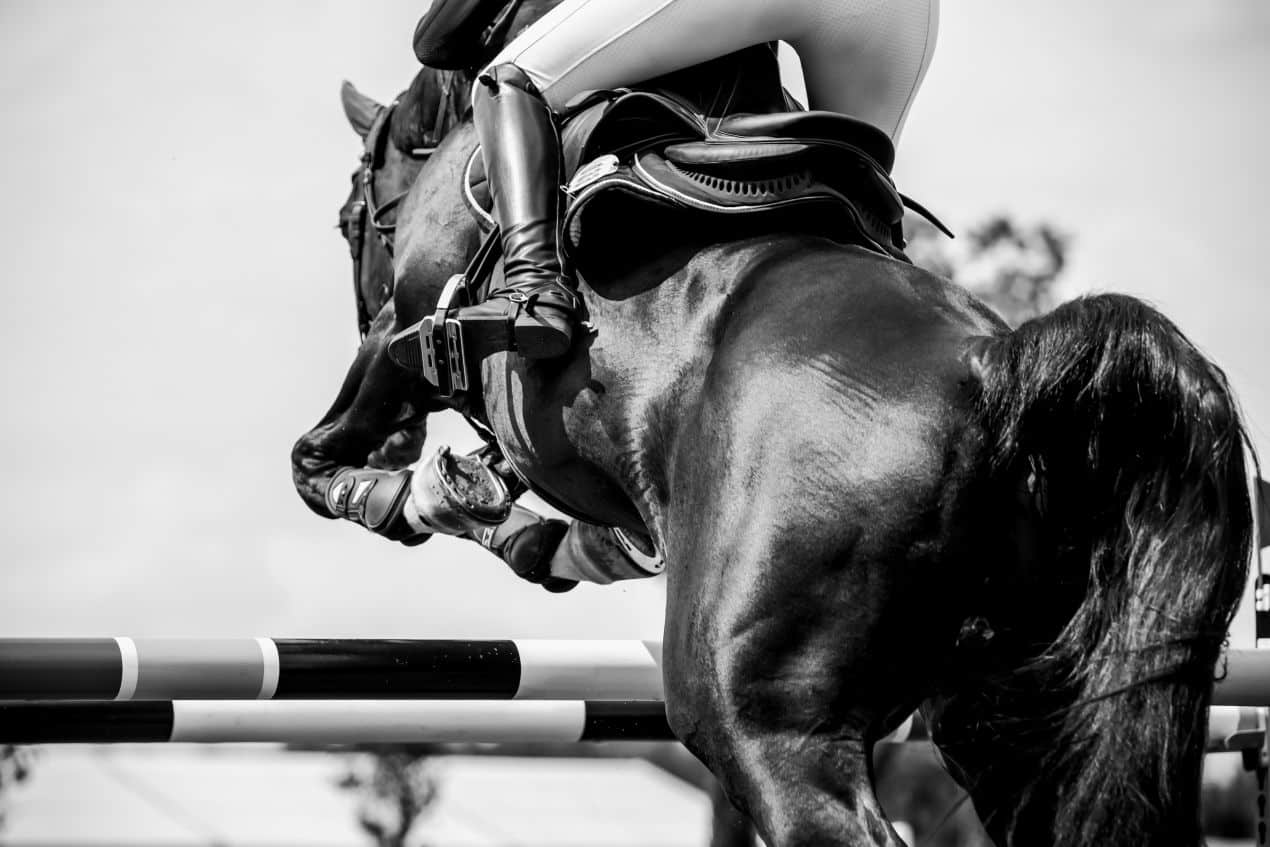Finding show jumping horses for sale is easy. Finding one with real potential is not. Because raw talent alone is rarely enough to make a horse stand out in the arena, success in show jumping hinges on a subtle blend of conformation, character, and trainability. While some signs are obvious, many revealing details are buried deep beneath the surface. So what truly separates an ordinary jumper from an extraordinary one? This article unpacks the key traits that define a high-caliber prospect — and why your next decision in the stable might be the most important of all.
Conformation: The Foundation Beneath Every Jump
Conformation is not a matter of beauty — it’s a blueprint for performance. A horse’s bone structure and posture influence balance, scope, stride, and injury risk. It’s the one area you can’t train your way around.
Key Elements to Watch:
| Trait | Why It Matters |
|---|---|
| Uphill Build | Allows better weight shift to hindquarters — ideal for lift |
| Correct Angles | Joint alignment supports soundness and power |
| Strong Back & Loins | Stabilizes the core over fences |
| Shoulder Freedom | Enhances reach and fluidity in motion |
You should stand beside the horse and watch it walk toward and away from you. Are the legs straight? Do the hooves land evenly? If the movement looks “off,” the future performance could be compromised — no matter how spirited the jump.
Temperament: Willingness Over Wildness
A willing, curious mind is often more valuable than raw power. Even the strongest jumper won’t succeed if they resist learning or panic under pressure.
According to a 2019 study from the Swedish University of Agricultural Sciences, horses with higher emotional regulation and responsiveness had better performance trajectories over three years. The conclusion? Mentality matters — a lot.
Key signs of a good mind:
-
Listens to voice and seat aids quickly
-
Stays composed in unfamiliar environments
-
Shows curiosity without overreacting
-
Bonds with handlers and builds trust
A talented horse that’s too reactive will become inconsistent. On the other hand, a steady, focused athlete will outperform expectations with the right training.
Movement Analysis: Rhythm, Reach & Rideability
Before looking at jump technique, you must evaluate how the horse moves on flat ground. The reason? Quality movement builds rhythm, balance, and responsiveness — all essential for precise take-off and safe landings.
Checklist for Movement Evaluation
| Checkmark | Movement Feature | Description |
|---|---|---|
| ⬜ | Active Hind Leg Engagement | Horse pushes from behind, not pulled from the front |
| ⬜ | Even Cadence | Steps are consistent in length and tempo |
| ⬜ | Natural Suspension | There’s visible airtime, not just rushing through the stride |
| ⬜ | Elastic Back Motion | Movement flows through spine — ideal for balance and comfort |
When a horse moves with flow and freedom, jumping becomes a matter of timing — not force. That’s where real potential starts to show.

Jumping Form: Style Speaks Volumes
It’s easy to fall for dramatic knees and flashy hind legs. But a good form isn’t about flair — it’s about mechanics. When assessing jumping potential, focus less on height and more on the way the horse uses its body.
Professional evaluators often break form down into three major aspects:
-
Bascule – the natural arc over a jump. A good bascule shows a rounded, elastic shape that supports smooth landings.
-
Front End – tight knees, even lift-off, and straight cannons reduce risk and increase control.
-
Hind End – a strong push-off combined with correct tucking prevents rail faults and shows explosive power.
One final tip: Always view slow-motion videos of the jump — not just live demos. Tiny asymmetries often become obvious when replayed.
Bloodlines and Background: More Than a Pedigree
While a name on paper doesn’t guarantee talent, breeding does influence performance, especially in show jumping. Traits like agility, mental toughness, and resilience tend to be heritable — which explains why successful jumper lines remain consistent across generations.
Look for horses from proven lines like Baloubet du Rouet, Cornet Obolensky, or Kannan, but go deeper than the stallion’s fame. How did the dam perform? Were siblings successful? What about early handling?
A well-bred horse with correct training has fewer surprises and a higher ceiling. It won’t guarantee success, but it certainly tilts the odds in your favor — especially when navigating today’s competitive market for show jumping horses for sale. That’s also where you can discover horses trained for peak performance, shaped by generations of careful breeding and elite schooling.
Trainability: Talent That Wants to Work
The final — and arguably most underestimated — trait is trainability. In other words: Is the horse willing to learn? Can it adapt to new exercises? Does it respond to corrections without stress or stubbornness?
A study by the Equine Behavior and Training Association (2021) found that horses rated high in “trainability” needed 30% fewer repetitions to master new jump patterns — and had 40% fewer refusals over time.
Great horses aren’t just athletic — they’re teachable.

Don’t Just Look — Test Thoughtfully
A single ride tells you more than any pedigree or video ever could. But don’t just ride — observe.
Before the ride:
-
Watch how the horse is caught, groomed, and tacked
-
Notice how it responds to new riders or changes in routine
During the ride:
-
Start with groundwork and transitions
-
Try light jumping — even just poles — and look for adjustability
-
Evaluate recovery time and focus after mistakes
Afterwards:
-
Ask how it handled rest days, travel, or previous riders
-
Talk to the groom — not just the seller
True potential always reveals itself in the details. You’re not just buying ability — you’re investing in a journey.
A Final Word on “Show Jumping Horses for Sale”
Yes, there are show jumping horses for sale everywhere. But very few have the full package: soundness, character, form, and fire. By learning to recognize the hidden markers of potential, you gain more than a better horse — you gain control over your future in the sport.
Frequently Asked Questions: Buying Show Jumping Horses
What is the ideal age for a jumping prospect?
Ages 4 to 6 are typically ideal if you’re looking for a young horse with potential. Horses in this range are old enough to show movement and early jump ability, but young enough to adapt to new training systems. However, older horses (7–10) with show records offer more predictability — especially for less experienced riders.
Should I buy from a private seller or a professional stable?
Professional stables often provide structured training, health documentation, and trial rides — but come at a premium. Private sellers can offer good value, but due diligence is essential. Always request a vet check and ideally bring an experienced trainer with you.
Does bloodline really matter?
Yes — but not in isolation. A good pedigree increases the chance of talent, but only when paired with sound structure and mental stability. Evaluate the whole horse, not just the sire.
What are common red flags to avoid?
-
Unwillingness to be handled or tacked
-
Heavy sedation during visits
-
Vague answers about past injuries
-
Limited access to ride the horse
-
No paperwork or inconsistent health records
Where are the best places to look for show jumping horses for sale?
Germany, the Netherlands, Belgium, and France offer some of the most reliable breeding and training programs. However, many top horses are now also sourced through specialized agencies and sport-horse auctions with detailed transparency.
What’s a realistic budget for a future show jumper?
- promising, young unproven jumper: €15,000–30,000
- lightly competed horse with scope: €35,000–70,000
- made horse with international mileage: €80,000+
Remember: Initial cost is only part of the equation. Training, vet care, and competition expenses add up quickly.
Why Details Decide
The horses who reach the top didn’t just jump higher — they moved better, thought faster, and adapted more willingly. That kind of potential isn’t always loud or dramatic. It’s often quiet, consistent, and waiting to be noticed by the right rider. With a trained eye and a clear checklist, you won’t just find a horse — you’ll discover a partner.
Bildnachweis: Adobe Stock/ Marcin Kilarski/Wirestock, RD-Fotografie, RD-Fotografie


